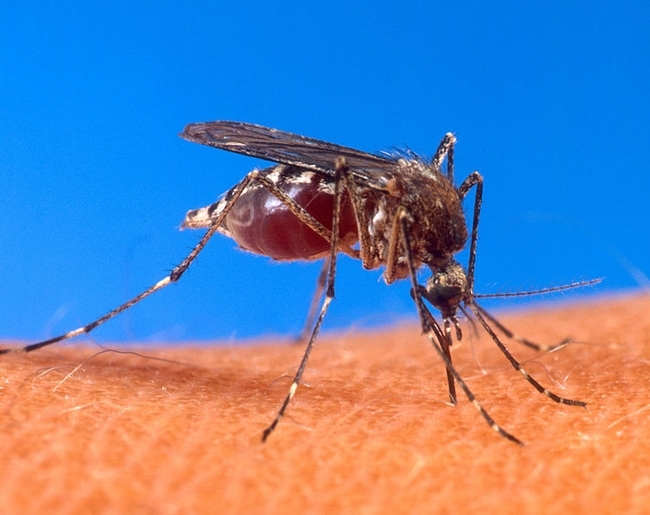From the UCANR Green Blog

(While populations of aedes aegypti have been found in California, the diseases have not.)
Cornel said officials need to attack the mosquitoes on several fronts.
“There is no silver bullet,” he said.
One of the novel methods the scientists are studying is releasing male mosquitoes infected with Wolbachia, a bacterium-like organism. They transfer the infection to females when they mate. The females then produce eggs that do not hatch.
Cornel is hopeful about the new technique.
"Maybe this proves to be an effective strategy, and hopefully it might become a standard control method," he said.
The Fresno Bee story also outlined a more-traditional approach to reducing mosquito populations that will be implemented by the Consolidated Mosquito Abatement staff. In one subdivision in southeast Clovis, the mosquito district asked residents for permission to enter their yards to search for and destroy mosquito breeding spots, such as old tires, toys, pet dishes and underground backyard drains. The project will show whether a vigilant effort to remove standing water will significantly reduce the number of mosquitoes found in the neighborhood.
To learn more about mosquitoes, visit the UC IPM Pest Note: Mosquitoes.